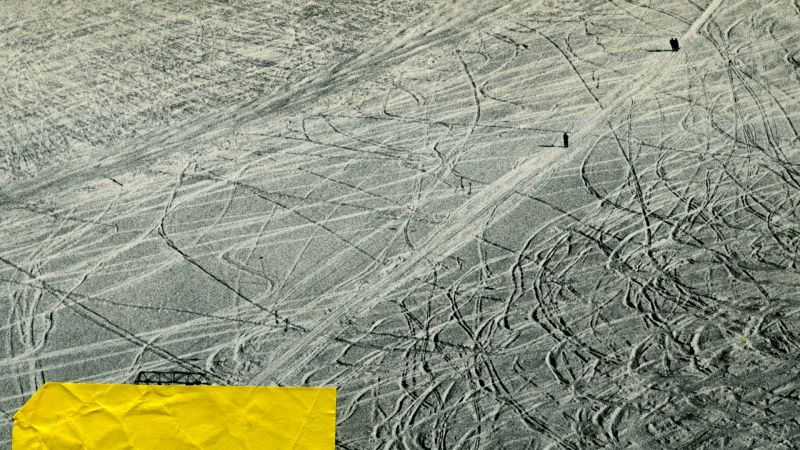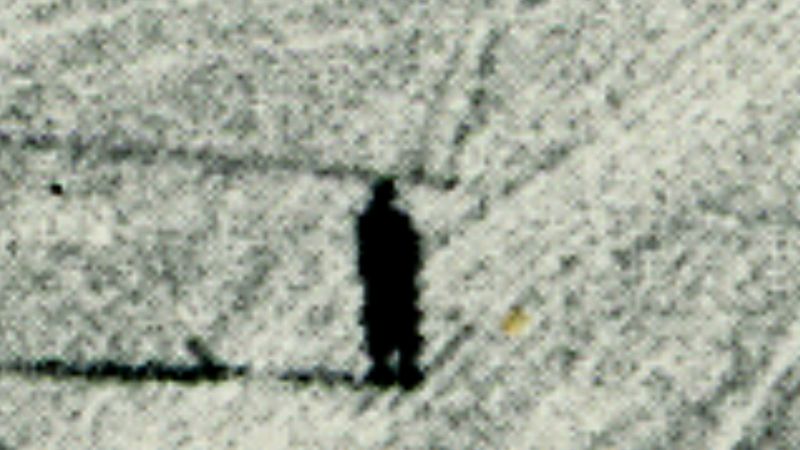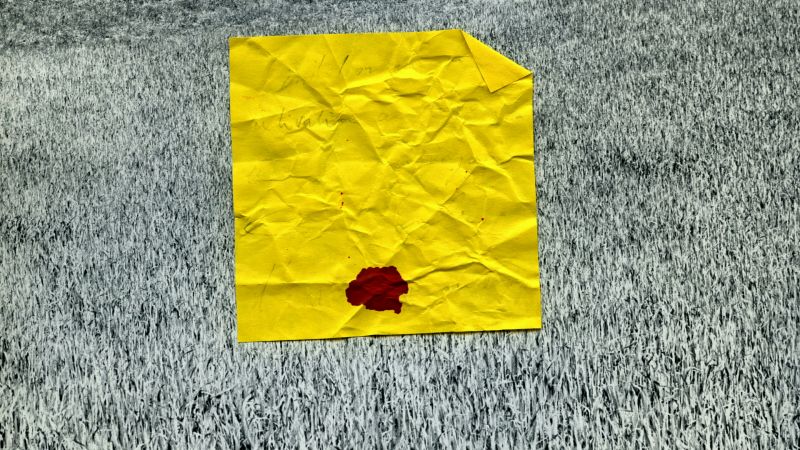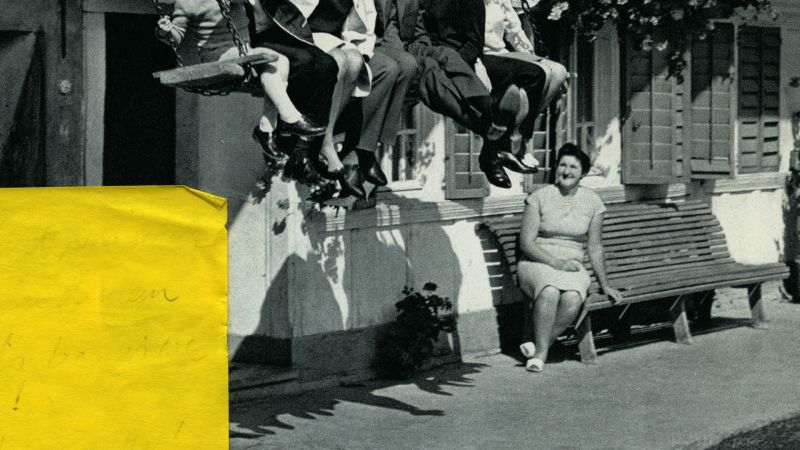Invitation to the voyage / L'invitation au voyage
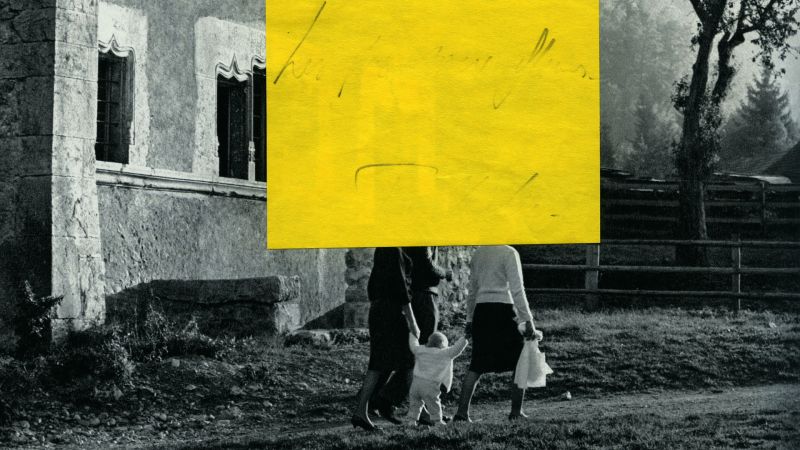
Original format
Color
Color system
Languages
Availability
Meggy Rustamova’s film Invitation to the voyage / L’invitation au voyage (2014), which derives its title from a poem by Baudelaire, is a suggestive examination of the potential of photography to tell stories (or history) and to let fact and fiction move closer together until the fuzziness of the pixels creating each photo has also taken hold of the narrative. Yellow Post-Its on selected photos promise a clarifying designation, but the words written in pencil have been erased and the path back to the time when the notes were made is now obstructed.
It is the camera that guides us through the life story of the woman – her childhood, her studies, and her relationships. It zooms in on the photographs until the picture becomes grainy, focuses on details and navigates between the materiality of the photographs themselves and the content that they communicate. But are these really documents of a lived past, coherent images that add up to recount a biography? Or is it exactly these individual and simultaneously universal aspects that inevitably make them witnesses to a story that could even be completely invented? Is the spoken text a parallel narrative moving along visual coordinates or is it an autonomous level that is simply being superimposed on the images?
Nothing of what is said can be read directly in the pictures themselves. The text behaves more like a transparent sheet placed over the individual photos. The picture is still there but its sharpness is reduced in favor of the context in which it appears. The process that Roland Barthes called the ‘studium’ – the cognizant approach to a photograph that is able to extract cultural and socio-historical meaning from the image and as part of this cultural perception allows the information stored in the image to find its way into one’s consciousness – is still valid. Otherwise we would not be convinced that we could find traces of the spoken text in the pictures. But what Barthes regards as the decisive noeme of photography, the ‘that-has-been’ of an unalterable link to the past, gradually dissolves during the imaginative journey into this particular past. (Source: Vanessa Joan Müller)

